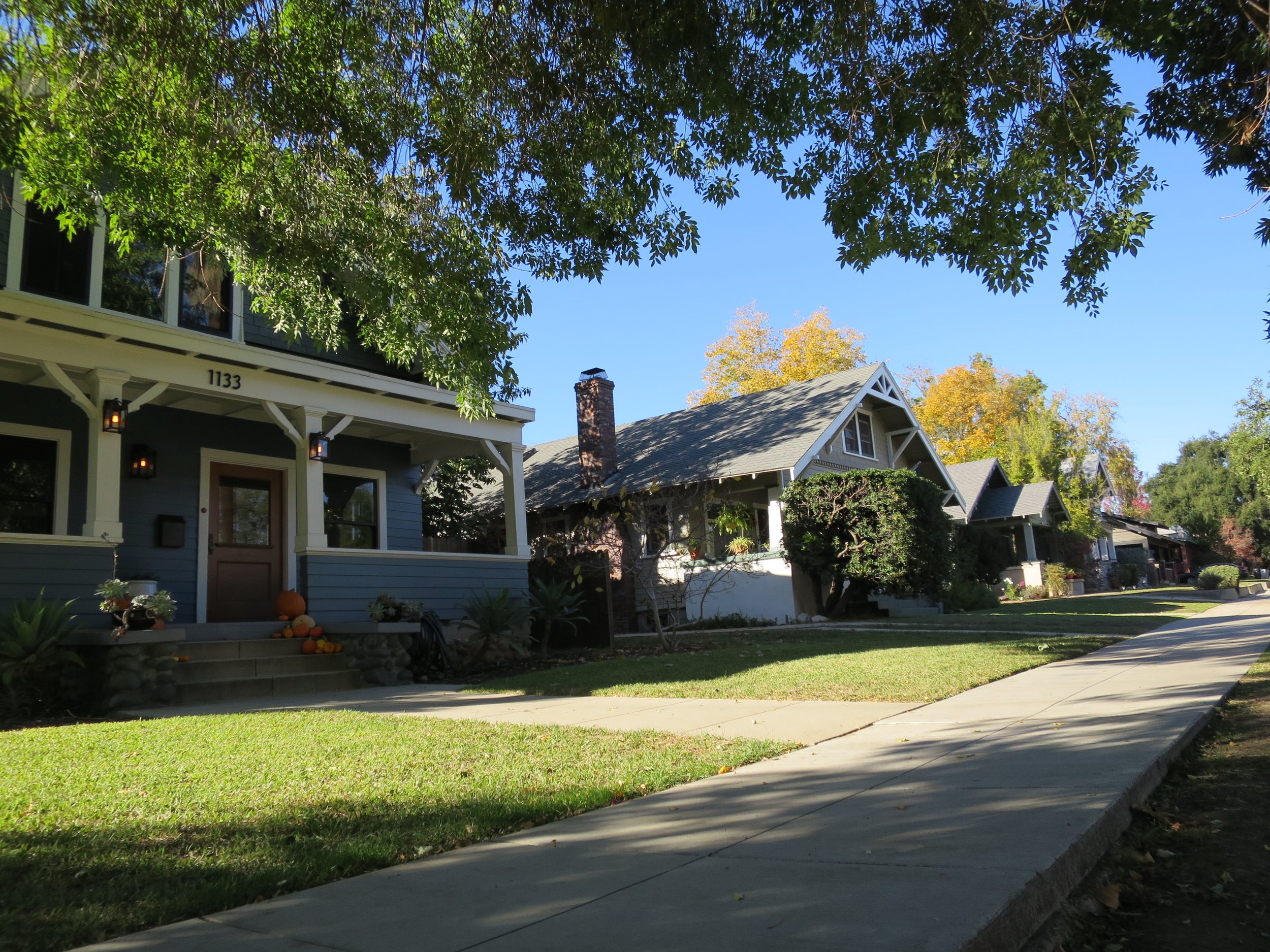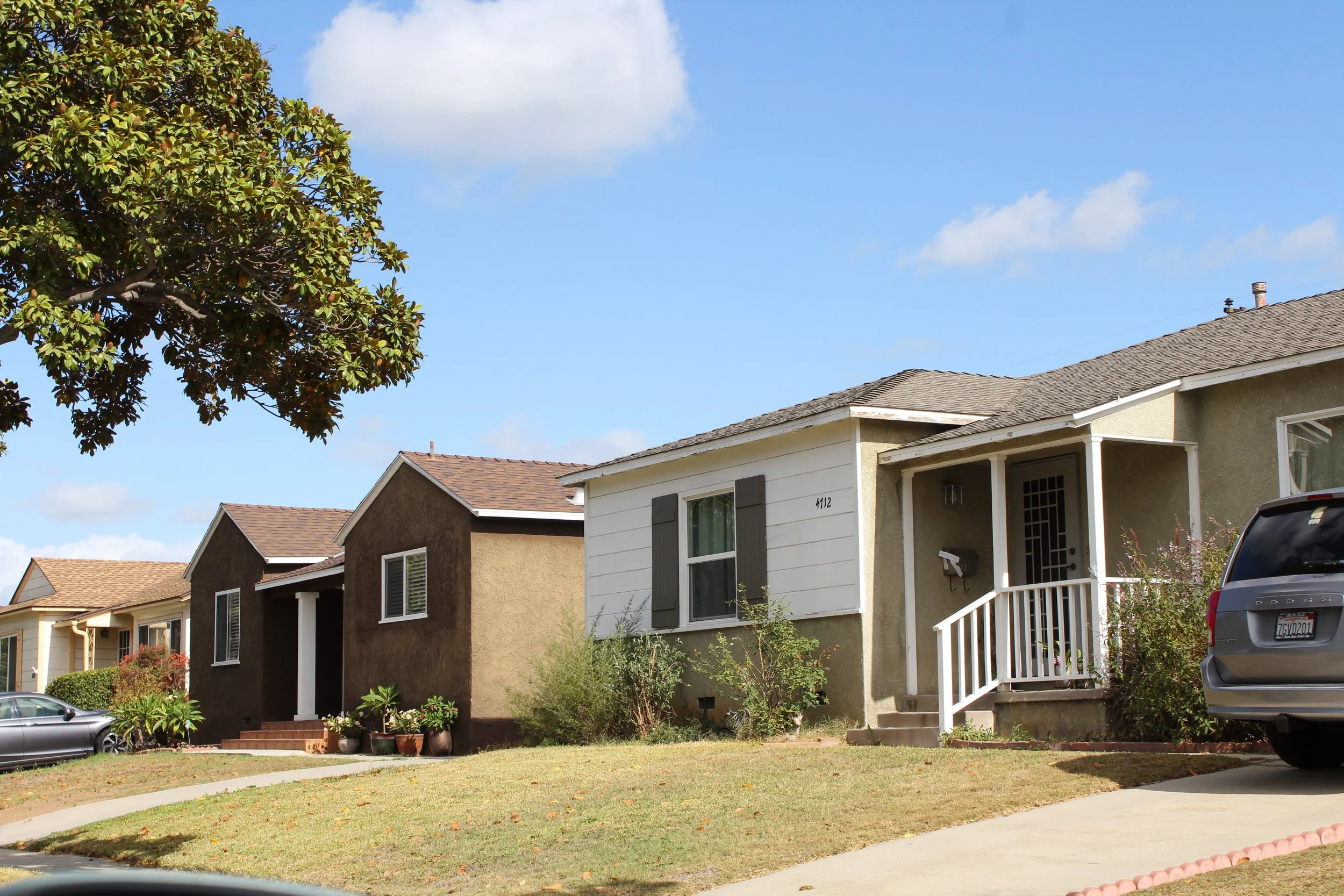The New Suburbia
The New Suburbia: How Diversity Remade Suburban Life in Los Angeles After 1945
Oxford University Press, 2024
Latest Book News:
The New Suburbia awarded the 2025 Kenneth T. Jackson Award, for Best Book in North American Urban History, Urban History Association
Released: The “Los Angeles County Demographic Data Project, 1950-2010,” on the USC Digital Library website. This is the entire LA County dataset collected during work on The New Suburbia. Read more about it here.
Story Map: “Suburbanization in Los Angeles County: Tracing suburbia’s transformation from homogeneous to diverse, 1950–2010.” Produced with Jakub Žejdlík of Palacky University, Czech Republic, this Story Map is based on the book’s data and insights.
About The New Suburbia:
America’s suburbs have been transforming. The conventional story of suburbs as bastions of white, middle-class homeowners no longer describes the suburbs of America’s cities. Today they house a more typical cross-section of the nation—rich, poor, Black American, Latino, Asian, immigrant, the unhoused, the lavishly housed, and everyone in between. Stories of everyday suburban life, in the process, have taken on new inflections.
Nowhere are these changes more vivid than in Los Angeles. In this suburban metropolis and global powerhouse, lily white suburbs have virtually disappeared, and over two-thirds of the County’s suburbs have become majority minority. Examining this vanguard of change from the postwar to the present, The New Suburbia follows the Asian Americans, Black Americans, and Latinos who moved into white neighborhoods that once barred them. They bought homes, enrolled their children in schools, and began navigating suburban life. They faced a choice: would they remake the suburbs, or would the suburbs remake them? In places like Pasadena, San Marino, South Gate, and Lakewood, suburbanites faced the challenges of living together in difference. Historian Becky Nicolaides explores a range of community experiences, from internal resegregation to suburban poverty, an embrace of law-and-order culture to police brutality, friendly neighbors to social withdrawal. In some communities, diverse residents continued longstanding habits of exclusion and perpetuated metropolitan inequality. In others, they embraced more inclusive, multicultural suburban ideals. Through it all, the common denominators of suburbia remained—low-slung landscapes of single-family homes and families seeking the good life.
An authoritative work based on a half-century of quantitative data and unpublished oral histories and interviews, The New Suburbia explores vital landscapes where the American dream has endured, even as the dreamers have changed.
Becky with Naomi Hirahara
Vroman’s Bookstore, Pasadena
January 26, 2024
Praise and Reviews
“The New Suburbia is a revelation. Becky Nicolaides’s detailed historical research shows how the suburbs have morphed and changed over the past century. They no longer conform to the outdated image of largely white, generic ‘Leave It to Beaver’ communities of the 1950s and 1960—if they ever did—but comprise a mosaic of communities—large and small, rich and poor, home to a wide range of racial and ethnic diversity. The suburbs are pivotal places in our society, where our elections are decided and a majority of Americans live.”—Richard Florida, author of The Rise of the Creative Class
“Becky Nicolaides offers a sprawling, detailed, and nuanced history that complicates our notion of what the suburb was, what it is now, and what it will be in the future. Deftly incorporating race, class, and space, she uses Los Angeles County as a case study to reveal the variety of suburban formations, the ways in which suburbia has changed over time, and the way in which suburbia changes the consciousness and values of its (increasingly multicultural) residents. While I thought I knew this story—growing up in La Puente and Whittier, earlier Latino suburbs, I lived this story—I learned so much. This is a landmark volume that will be essential to our emerging understanding of the complexity of America’s metro regions.”—Manuel Pastor, co-author of South Central Dreams
“The New Suburbia is a riveting and essential read for anyone interested in Los Angeles and urban and suburban landscapes. Nicolaides accomplishes a remarkably discerning assessment of how to see and understand the diversity of US suburbs today through vividly drawn stories of politics and social life in four very different LA suburbs.”—Wendy Cheng, author of The Changs Next Door to the Díazes: Remapping Race in Suburban California
“Over the last few decades, the color of suburbia has changed, especially in metropolitan Los Angeles, the subject of Becky Nicolaides’s field-defining book. Through rigorous, on the ground research, Nicolaides shows how newcomers remade formerly white-majority suburbs and how suburban governments have struggled to adapt. The New Suburbia is an essential starting point for understanding the challenges and opportunities of an increasingly diverse America.”—Thomas J. Sugrue, New York University
“Nicolaides masterfully describes how Los Angeles became the apotheosis of a suburbanized metropolis, deftly weaving in the larger forces at play: economic restructuring, globalization, new waves of immigration, and civil rights gains. The suburbs of Los Angeles, Nicolaides posits, became a reflection of the whole metropolitan region.” —June Williamson, Urban Omnibus
“Nicolaides shows that there is no white suburban monolith, in L.A. or elsewhere. Yet she does not fully abandon the enduring power of the American Dream, or the hope that the suburbs could be places where people of diverse backgrounds could ‘figure out how to live together in difference.’” —Lily Geismer, Dissent“
“...trailblazing book." — Katrin B. Anacker, Journal of the American Planning Association
“The New Suburbia is a rich study…simultaneously rooted in a sense of place and broad in scope…” —Nathalie Barton, Western Historical Quarterly
"A seminal and ground-breaking study, The New Suburbia: How Diversity Remade Suburban Life in Los Angeles after 1945 is informatively enhanced for the reader's benefit with 114 pages of Notes and a 33 page Index. Of special and particular interest to readers concerned with non-white demographic urban/suburban studies, The New Suburbia is especially and unreservedly recommended for personal, professional, community, and college/university library collections." —Library Bookwatch
"Drawing upon ample oral histories and quantitative data, the book blends authoritative rigor with abundant storytelling, making it ideal for academic and general audiences." —Jean-Paul Contreras de Guzman, Choice







